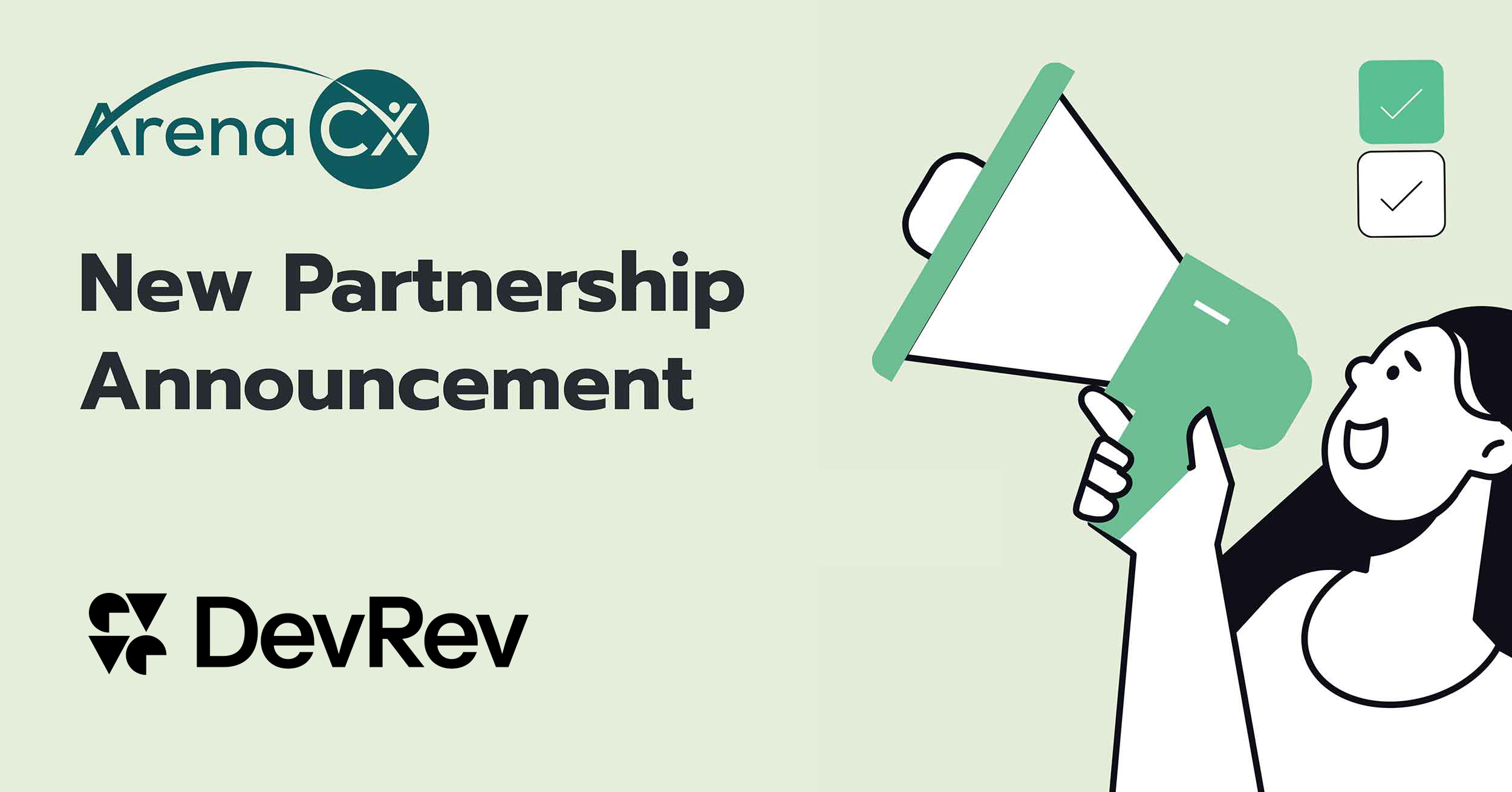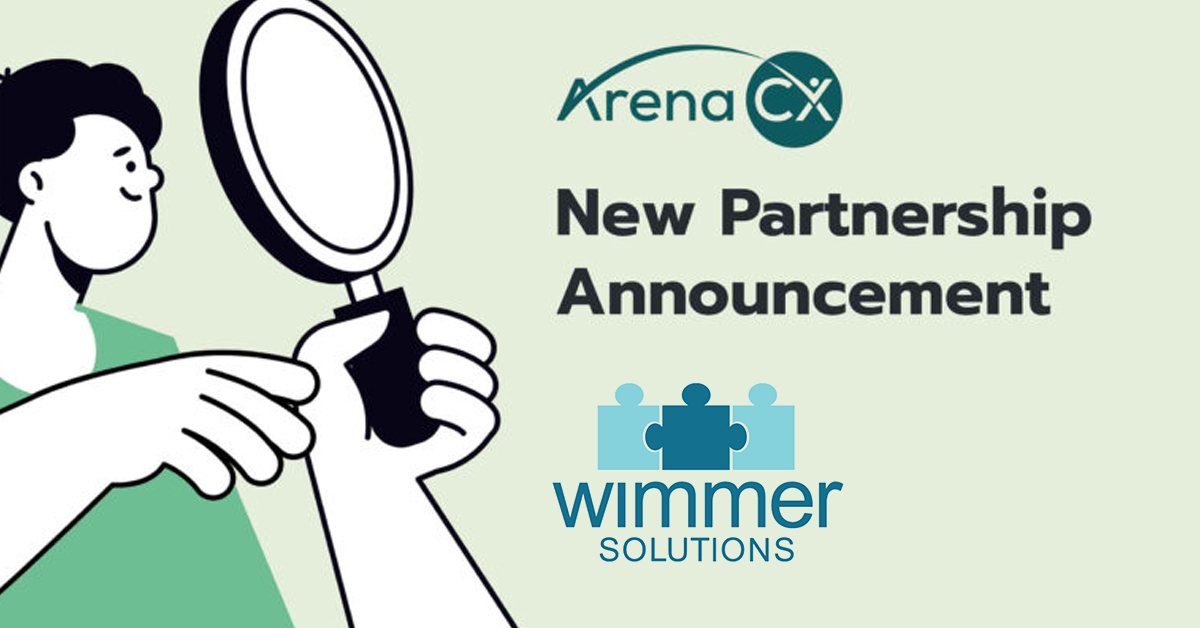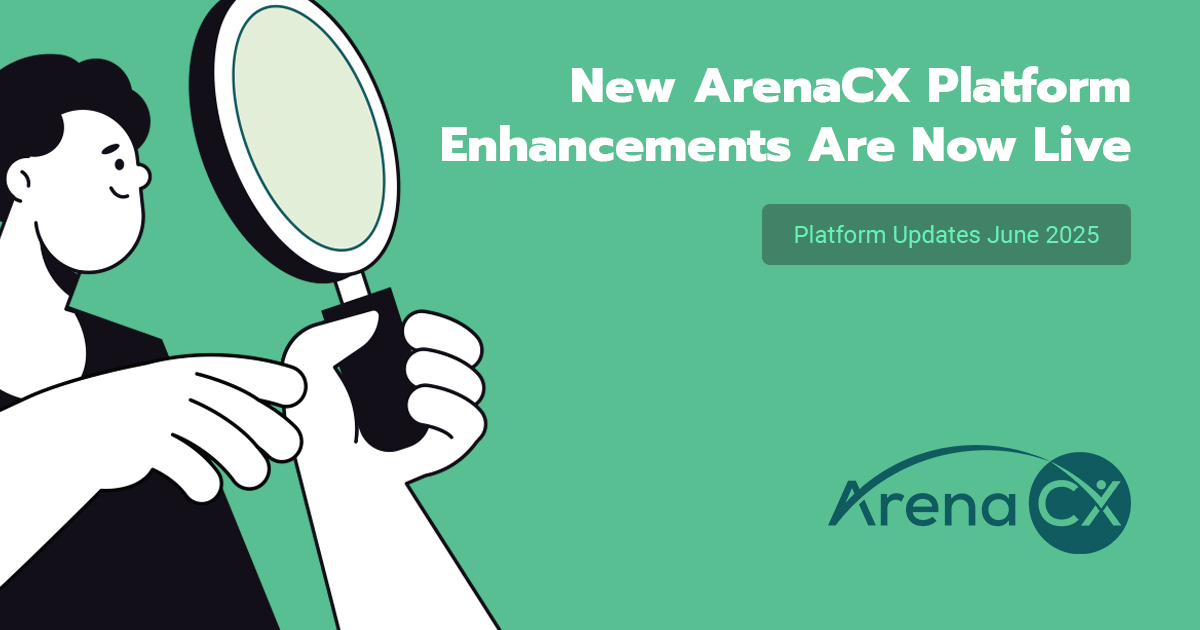As a service leader, you know your job is not easy. Not only are you responsible for the day-to-day tactics of running the customer service function (including tasks like recruiting, hiring, training, scheduling, managing and retaining your staff; requesting, defending and managing the budget you’ve been allotted; measuring and improving your team’s performance, etc.), but your responsibilities don’t stop there.
You’re also expected to set your team’s broader CX strategy and ensure you’re developing a roadmap that will deliver the level of service your customers expect in the future at a cost your business can support today.
With so much to juggle, it’s important to take a step back and look at your performance as a CX leader from a broader perspective. Are you a strong CX leader? Are you taking the right steps and performing the right actions to be the CX hero your company needs?
The next few paragraphs will focus on breaking down 3 broader focus areas into more tactical approaches to help propel you toward Customer Experience Hero status.
Focus Area 1:
Map Your Processes.
Map Your Processes.
First, let me explain what we mean by “map your process” and why this mapping is so valuable. In a nutshell, mapping your processes is simply taking the time and effort to record how your current operations are running. For example, your case management process will likely be the centerpiece of your process map.
This will include activities like ticket intake, triage, routing, and customer interaction. However, you also want to include earlier phases of your support processes, like capacity planning, partner sourcing, etc., as well as taking note of the activities performed after, like measurement, and quality assessment. Once you have a strong map of how your support operations are currently running, you’ll be able to effectively identify risks within those areas, which we’ll get to further in Focus Area 2.

If you don’t already have your operations mapped out, don’t worry – you can start today with a high-level whiteboarding session. Simply begin by jotting down all the critical components to your operations, remembering the before (capacity planning), during (ticketing), and after (assessment) phases. Once you have a good overview highlighting the lay-of-the-land, you can always go back – and we highly recommend you do – to take a deeper dive into a more extensive mapping exercise, focusing more on identifying all the nitty gritty details. Remember, the better your mapping, the better you’re setting yourself up for future operational success.
If you need help getting started, a convenient framework to use for this exercise is the SIPOC approach. SIPOC stands for Suppliers, Inputs, Process, Outputs, and Customers. Using this framework ensures that you don’t overlook the before and after elements of your operations, giving you a more holistic view of your true process map.

To dive deeper into the SIPOC method download our free Guide to Resiliency.
Focus Area 2:
Identify Potential Risks in Your Customer Service Operations.
Identify Potential Risks in Your Customer Service Operations.
As mentioned earlier, the purpose of your process map is to help you identify risks. Once you have the map in place, run through the steps with your team and key stakeholders. Together you can create a list of risks that could greatly reduce the efficacy of your customer service operations, or risks that could accrue if your customer service were compromised.
For example, a process-related risk might be long wait times due to more interaction volume than anticipated. More subtle risks could include over- or under-utilization of your network, reduced visibility, or inefficient routing.Because each business will face a unique set of risks, this activity is best conducted with the stakeholders involved. If you’re in a hurry or simply want to get a jumpstart on the process, there are some universal risks and techniques you can get started with.
One way to jump right in is to work with your suppliers, especially third-party contact centers, as they tend to have robust business continuity plans that will identify risks from their perspective. Another best practice is to create risk categories, such as personnel risks (call-outs, turnover), performance risks (errors, quality), systems risks (platform failures, system outages),relationship risks (supplier, partner, or customer issues), and externalities (regulations, fraud).
We recommend setting up a chart, like the one in the example below, to help keep track of all the risks you’ve identified.

Once you have a comprehensive list of the risks associated with your customer service operations, you’re able to move on to Focus Area 3: Quantifying the identified risks.
Focus Area 3:
Quantify the Potential Risks You’ve Identified.
Quantify the Potential Risks You’ve Identified.
Now that you’ve identified where your operations could leave your business vulnerable, it is important to rank those areas of risk. We recommend ranking them by two main criteria: 1. The probability that risk will occur, and 2. If that risk does occur, how large of an impact would it have on your team and your business.
After making this list (we know looking at all potential vulnerabilities can feel overwhelming) it’s important to remember that not all risks you’ve identified would be detrimental to your business. This step will make it easier to prioritize which risks deserve your time and attention and how to choose which need to be tackled first.
To start, we recommend transferring your list of risks into a spreadsheet and then ranking each risk on a scale of 1-5 for probability and impact. For example, I am identifying a chatbot outage as my potential risk. What a chatbot outage may cause is my customer service representatives experiencing an overwhelming surplus of tickets and my customers experiencing longer than usual wait times. The probability of a chatbot outage is small, so I will award it a 1 on the probability scale, but the impact it can have on my team and my customers is large, so I will award it a 4 on the scale for impact. Then, I will multiply these two rankings together (1×4 = 4) to determine the overall risk it will pose to my business.
Do this with each risk on your list. Once finished, you will have a strong understanding of the areas that are most critical to your business, and the risks you should prioritize addressing. By mapping your process, identifying risks, and then quantifying those risks, you’re demonstrating the qualities of a CX hero – setting your team and your business up to withstand any curveballs life throws.
In our Free Downloadable Guide: Achieving Resiliency, we detail the T.E.A.M. method, coined by ArenaCX President Alan Pendleton. This framework helps you simplify, organize, and prioritize risk management and determine the best response strategies. Interested in learning more? Download the Free Guide today!

Related Articles
Want more? Here are some other blog posts, topics and articles you might be interested in.












